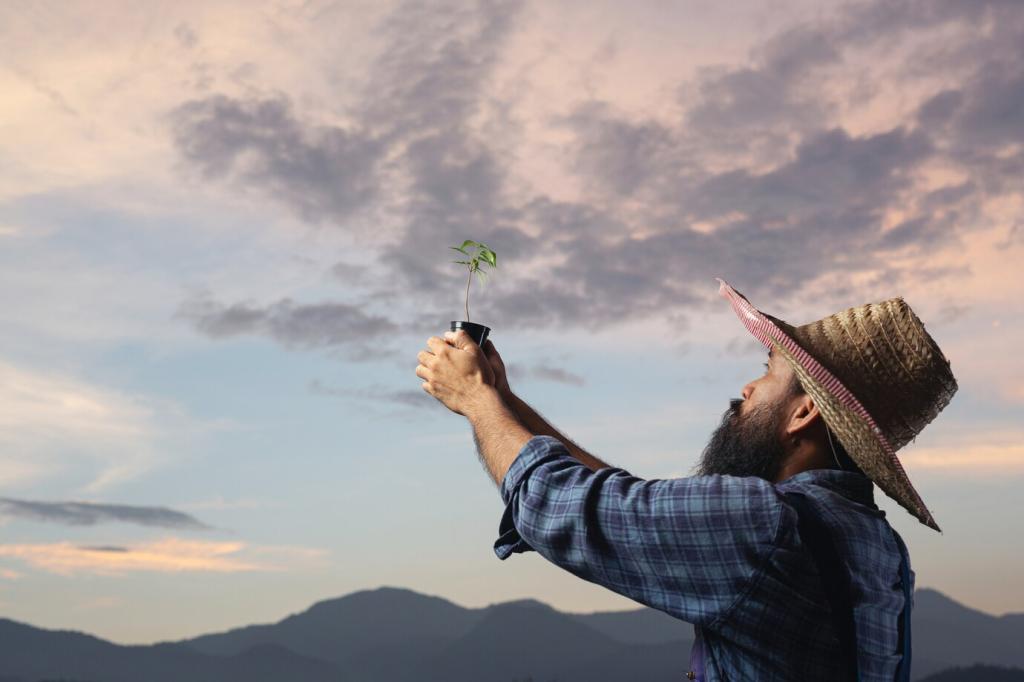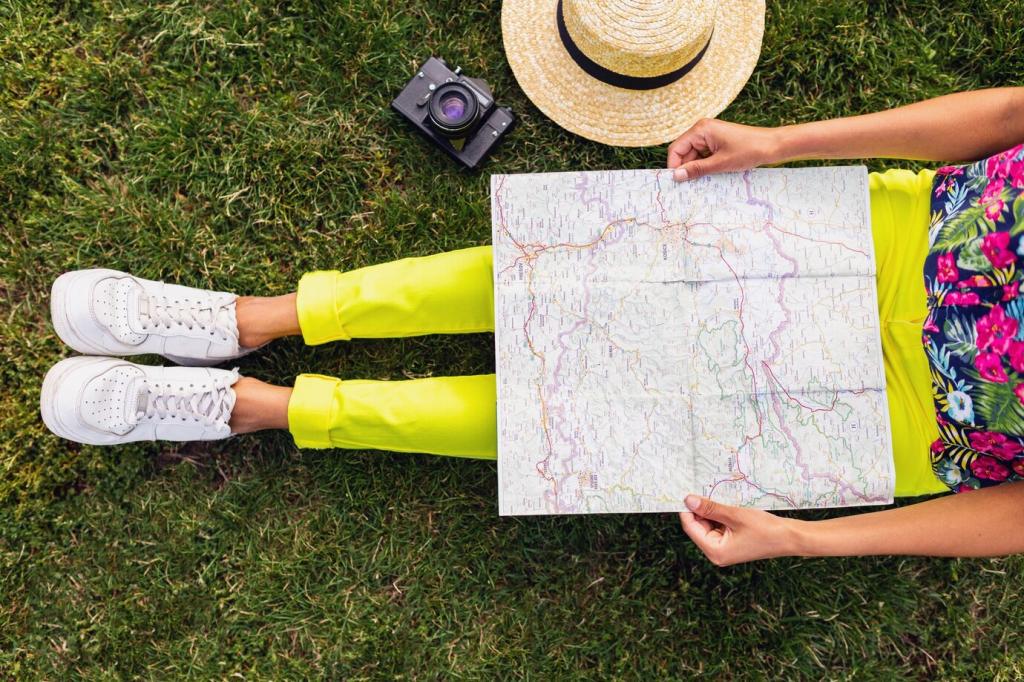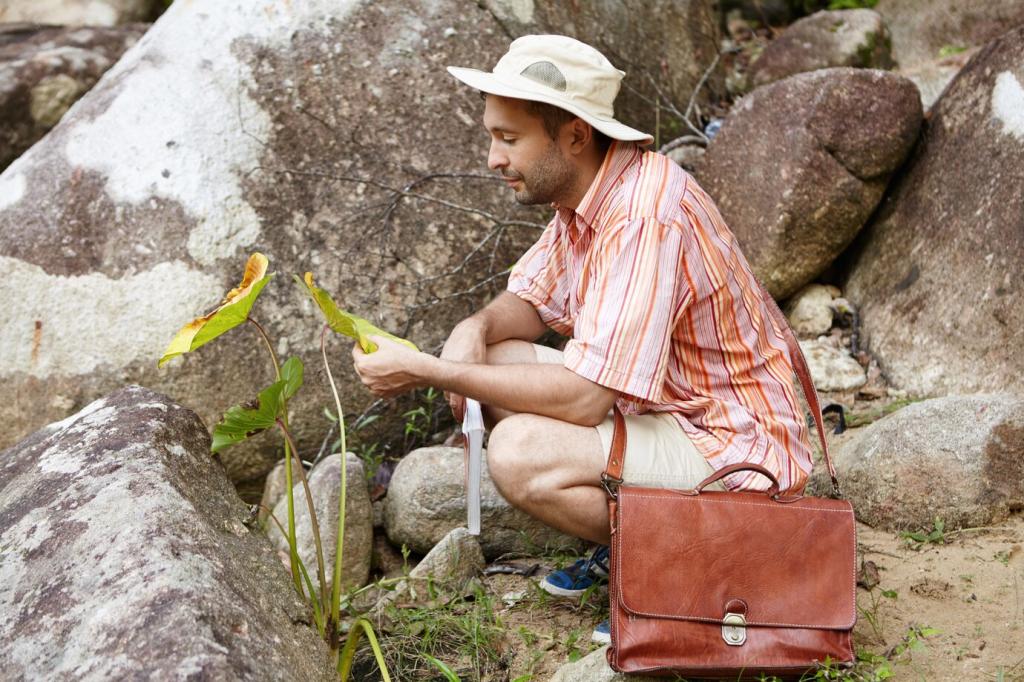Stay, Eat, and Explore in Transit‑Smart Ways
Staying steps from a station or frequent bus line makes sustainable choices second nature. Early morning trains become easy, and late dinners remain relaxed. Ask hosts about transit passes, bike parking, and neighborhood shortcuts—they often know the quickest, prettiest routes.
Stay, Eat, and Explore in Transit‑Smart Ways
Join walking tours, rent bikes, and explore urban nature reserves. Many museums and markets are designed around transit, not parking lots. You will meet more locals, spend less on logistics, and carry home stories about people rather than traffic jams and parking tickets.








